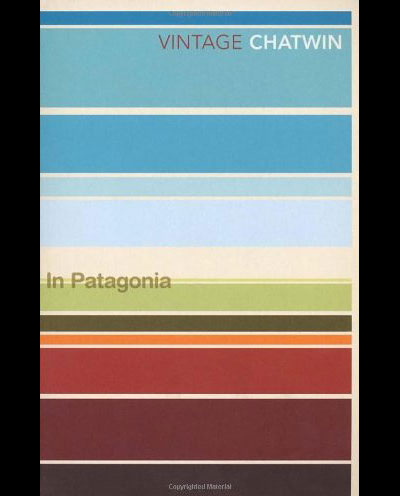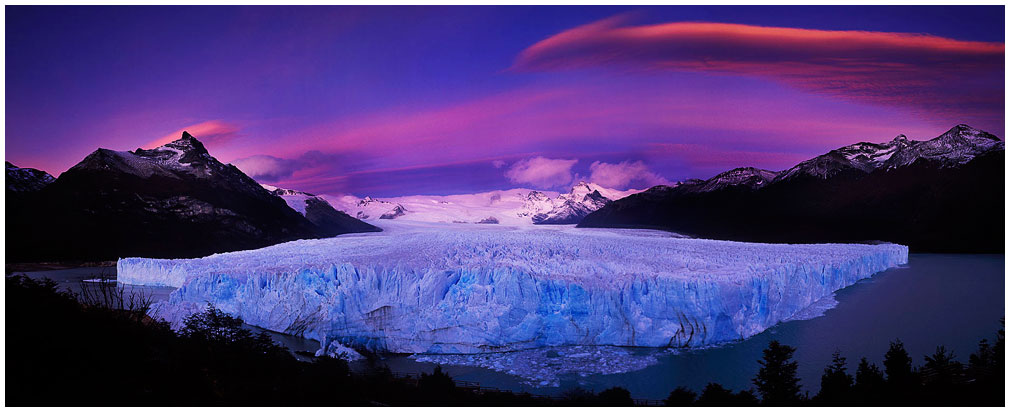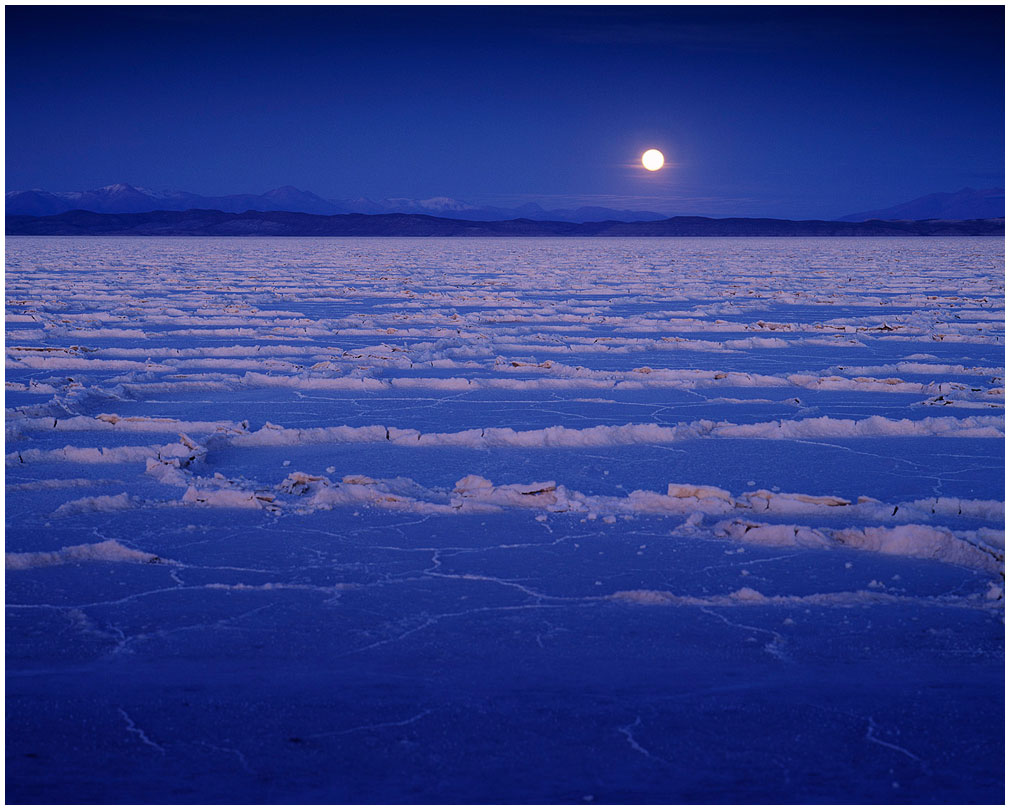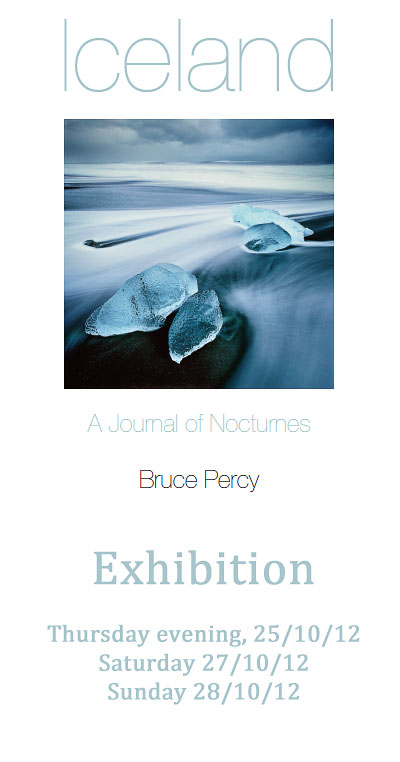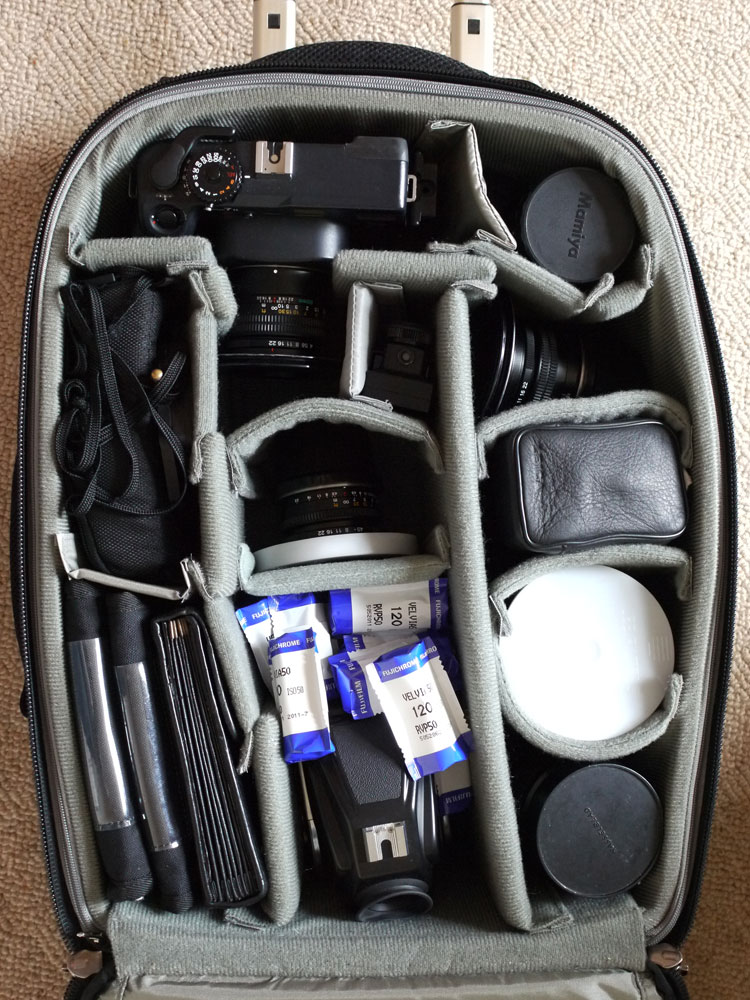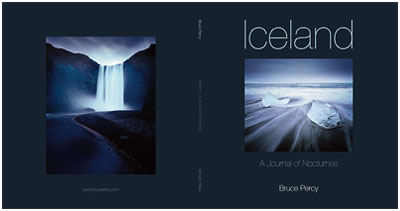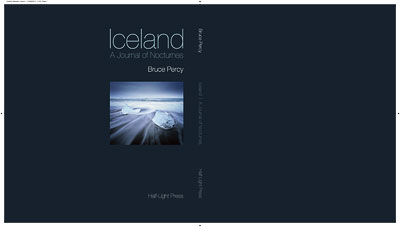Way back in 2003, I visited Easter Island. It had been some place I'd wanted to go for as long as I remember. As a child, I had a small globe of the world in my bedroom, and I often used to look at the tiny dot of Easter Island on it, and wonder what it was like to be there.

I'm now back there this week. It's my second trip to the Island. It's a beautiful island, and quite strange too. It also has some of the most challenging photographic light with which to work.
Firstly, I felt way back in 2003 that the entire place should really be photographed in black and white, not colour. The subject matter looks very displeasing in colour, simply because stone and grass aren't that interesting to look at. I found my initial attempts at colour images of Easter Island somewhat lacking. It was hard for me at the time to consider taking all my velvia images and converting them into black and white, but that's exactly what I did with them, and after a lot of wrestling, felt that the entire project had been a disaster for me.

Roll forward to 2012, and I've been back on Easter Island for the past two days and I don't think my judgement was all together constructive. I felt that if I returned, I'd know how best to shoot the locations now, and would approach them from a 'black and white' perspective from the onset, rather than considering taking colour photos and trying to 'will' them into being something else (black and white) later on.
So it's been very liberating knowing that I can shoot it more extreme light, and not care too much about colour, just thinking more about form and tonality. I've discovered that I didn't get things so badly wrong on my first visit: this is a very hard place to photograph. The light is harsh and intense for most of the day, and when the light does become soft, often the statues are so dark that it's not possible to render any detail on them while holding the values in the sky too.

This has led me to go back to looking at my earlier work and reconsider that maybe what is required is a more deft hand at the darkroom end of the process. To be blunt - I didn't really know much about tone and form in 2003. I had only been shooting for a few years, so when I was faced with working on my images in black and white - it was a form I knew very little about in terms of manipulation to the picture to bring out what I was trying to say. In other words, I lacked the skill and experience to do the images justice.

So I'm now very keen to return home and go back to the original negatives that I made on my first visit. Some of the problems I had at the time, are still evident in the locations now: statues have no discernible features until the sun is up, and when that happens, there is so much contrast, that there are blocked shadows everywhere.
But I'm happy I came back to Easter Island. I do feel I've been capturing new images, and along with fresh memories of familiar locations, I've been able to reinterpret the scenery in a new way. The light is still harsh for most of the day, but on this trip I'm seeing a lot of rain in the mornings, which is helping diffuse and bounce the light around the landscape a bit more.
On a different note, the island hasn't changed much in almost 10 years. There's little in the way of development which is just great to see, but if I were to criticise anything, it would be CONAF's treatment of the historic locations. Many now have really ugly wooden fence posts around them, which make for difficulty in shooting, and they don't discourage people from going in and touching the relics either. So nobody wins. That nice shot of the stone circle you see in this very post is now no longer possible because of some wooden fence that looks like it was put up by my neighbour after a visit to Homebase.
A few days a go, I wrote on this post some misleading information about the access rights to Rano Raraku. I said:
"The other thing that is really quite upsetting about this, is restrictions now to Rano Raraku (where all the stone heads were carved and many are still to be found). To get in here, it is now a $60 USD entry fee. That is fair I feel. I think it's good that they charge a price for the upkeep of these historic areas, and the ticket does last for 5 days. But what I really object to is that the ticket is only valid for one entry only. If you want to go back again, it will cost a further $60 USD, which feels as if someone at CONAF was in a very petty mood at the time of the ticket price and rules review."
It turns out that this is not correct - access is for multiple times over a 5 day period, so I think the price of the ticket is very reasonable indeed. CONAF told me today that the price of the ticket was $10 USD for around 20 years, so they needed to upgrade the price, which is understandable, but the main argument I had was access only once. It isn't true, and seems to be a story that is propagated on websites and also through word of mouth via tourists on the island.
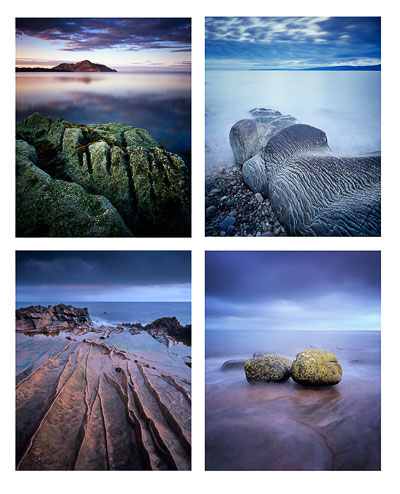 Signing off from sunny Bolivia, where I am currently enjoying the sun, waiting for the 2nd part of my South American Safaris to begin in a few days time. We will be heading over the Bolivian Altiplano in two Land Cruisers, guide, cook and two drivers. I have six participants with me where three of them came with me from Patagonia to Bolivia. We've been discussing how different the landscape is up here. We've gone from winter and inclement weather to dry desert and blue skies. Looking forward to returning back to the Altiplano. It is my first trip here since first venturing here in 2009.
Signing off from sunny Bolivia, where I am currently enjoying the sun, waiting for the 2nd part of my South American Safaris to begin in a few days time. We will be heading over the Bolivian Altiplano in two Land Cruisers, guide, cook and two drivers. I have six participants with me where three of them came with me from Patagonia to Bolivia. We've been discussing how different the landscape is up here. We've gone from winter and inclement weather to dry desert and blue skies. Looking forward to returning back to the Altiplano. It is my first trip here since first venturing here in 2009.

